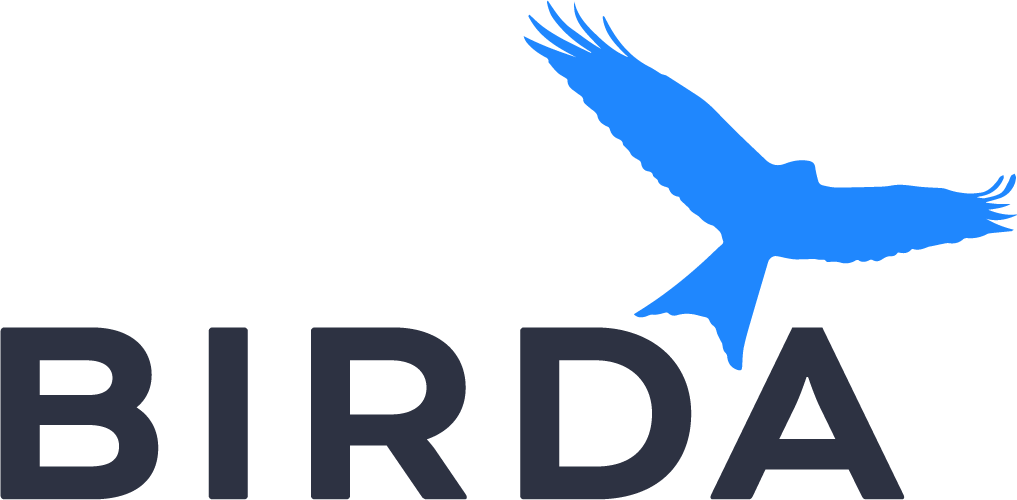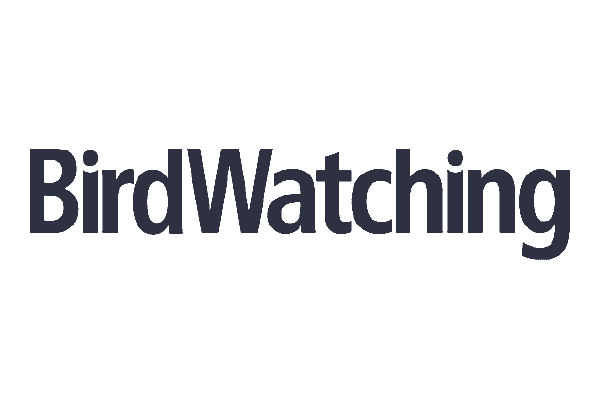
Black-faced Cormorant
Phalacrocorax fuscescens
The black-faced cormorant, Phalacrocorax fuscescens, also known as the black-faced shag, is a medium-sized seabird with a distinctive appearance. Its upperparts, including the face, bill, and thighs, are cloaked in black, while its underparts are a stark white. The species is adorned with glossy back feathers and a dark grey bill that ends in a pronounced hook. Its eyes are a striking blue-green. When observed in flight, the black-faced cormorant maintains its head level or slightly below its body, with wings held in a characteristic cross-shape common to its family.
Identification Tips
To identify the black-faced cormorant, look for its pied plumage, with the upper half of the body in black and the undersides in white. The bird's naked black face, black tail, and webbed feet are also key features. In flight, its silhouette is distinctive, with the head held at or below the body level and the wings forming a cross shape.
Habitat
The black-faced cormorant is strictly a coastal and marine bird, favoring coastal waters, inlets, rocky shores, and offshore islands. It is sometimes found in estuaries but is not seen inland.
Distribution
This species is endemic to the coastal regions of southern Australia, including Tasmania. It is distributed across Western Australia, South Australia, Victoria, and Tasmania, with notable populations in the Bass Strait and Spencer Gulf.
Behaviour
The black-faced cormorant is a marine specialist, adept at pursuit-diving to catch fish. It nests on high cliffs or rocky islands to evade predators and is known to spread its wings to dry after diving. During the winter, these birds congregate in colonies to breed.
Song & Calls
When away from the breeding colony, the black-faced cormorant is typically silent. At the nest, males emit a loud honk or guttural croak, while females may hiss if approached.
Breeding
Breeding pairs or colonies nest on bare rocks, often near water. The nests are robustly constructed from driftwood, seaweed, and other plant materials. The species lays 2 to 3 pale blue-green, elongated oval eggs, and breeding seasons vary by location.
Similar Species
The black-faced cormorant can be confused with the slightly larger pied cormorant or the slightly smaller little pied cormorant. However, its unique facial coloring and size help distinguish it from these relatives.
Diet and Feeding
The diet of the black-faced cormorant consists almost exclusively of fish, particularly benthic or demersal species, and occasionally cephalopods. It forages along the coast and river mouths, diving up to 12 meters to capture prey, which is consumed whole.
Conservation status
The black-faced cormorant is classified as 'Least Concern' by the IUCN, with a stable population in the tens of thousands. It is considered 'Secure' in most of its range, though in Victoria, it is listed as 'Vulnerable'. Breeding colonies are sensitive to human disturbance, underscoring the importance of protecting key breeding habitats.






















































